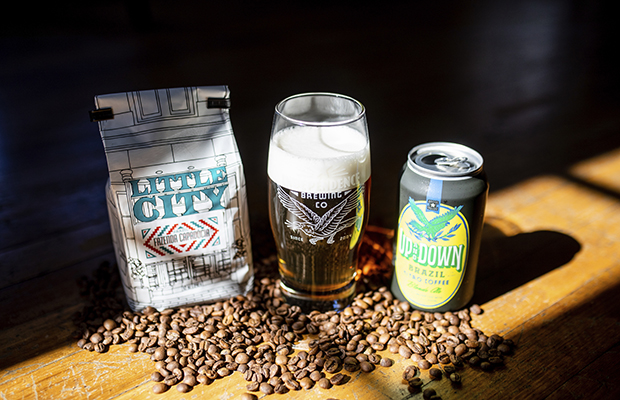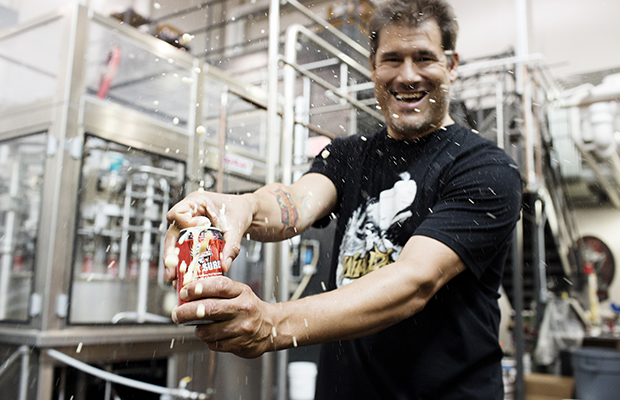
Going from a dream to reality is complicated in anything, especially so in a business like craft cider. Each state has laws that dictates certain licenses and even how you plan to run your business could mean a certain classification.
Most of Liquid Alchemy Beverages in Delaware’s initial headaches were around the local county regulations on all of the rules and regulations and codes they need to follow to open their doors.
“Seems like every week or so they would come up with another demand from us that they “forgot” the week prior and this delayed us months for opening,” remembers Jeffrey Cheskin, the cideries co-founder. “We also went thru a lengthy environmental cleanup that we were told would take a few months and cost ‘X.’
“Well, almost a year later and two to three times ‘X,’ we got finished and then still want more money.”
Cheskin noted that the first thing to start with is attitude and drive to open a cidery.
“If you want to get drunk or make money, be a lawyer,” he joked. “If you want to make a craft product, get ready for a heck of a lot of work.”
The hardest part to figure out for Indianapolis’ Ash & Elm in opening was which permits to apply for in which order.
“Some take longer than others once they’re turned in but can be turned in at any time, while others require some permits are already granted before you can apply,” explained Andrea Homoya.
The best thing Ash & Elm did was talk to local brewery and winery owners to get their tips of the order specific to the state and city regulations.
“Another distillery owner suggested I call our senator and ask him to call the TTB on our behalf, and he did,” she said. “And it was granted a couple days later. That was a great tip — senators are thirsty to promote small business and get a ‘win’ for their constituents, and calling the TTB is a bipartisan way they can help.”
Starting small allowed Santa Cruz Cider in California to build its brand and wholesale accounts to afford a larger space without taking out a bank loan.
“The start small and grow organically from your profits has worked out well for us,” said Natalie Henze. “We operate our business in the black and make strategic saving plans for buying large equipment.
“We are not trying to go national with our cidery, just make great quality local cider. This model is not for everyone but we love what we do and get to control every aspect of what the consumer is getting.”
Henze said location needs to be No. 1 on the list in order to get any loans or permitting.
“We found something small to start us out and are now planning a move this winter to a larger location with tasting space,” she said.
Homoya admitted that the Ash & Elm team was realistic about their skills and tried to prepare for weaknesses.
“We had the logistics and cider-making taken care of, but we didn’t know anything about owning a retail establishment or graphic design,” she pointed out. “If you can spare the cash at startup, get a good designer to put together a logo and brand that represents what you want to convey smartly and aesthetically.
“Also, hire people — even contractually — to help you figure out the best way to run a tasting room/restaurant/retail store so you don’t make rookie mistakes that can cost you.”
Photos courtesy Ash & Elm Cider and Santa Cruz Cider






Be the first to comment